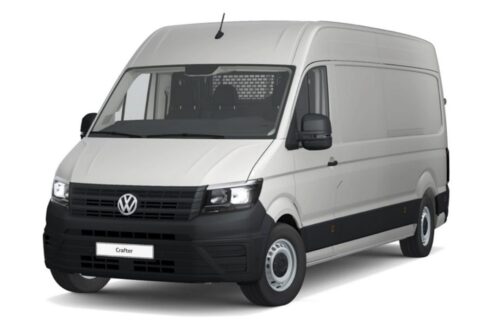These sound like fun little cars, soon to be shipping to the US from Brazil. Even the top gasoline powered sports cars will be left in the dust. Shame there isn’t anything comperable made in America:

OBVIO! has a strategic partnership with California automobile distributor ZAP, which has agreed to be the exclusive North American distributor and has pre-purchased 50,000 OBVIO! units. The initial versions of the 828 and 012 car designs will be flex-fueled, and will go into production in 2007.
[…]
The preliminary specifications for the OBVIO! electric cars include a range of 200 to 240 miles, with acceleration from 0 to 60 mph of less than 4.5 seconds and a top speed of 120 mph. A 39 kWh lithium-ion battery system will power the 120 kW (160 hp), 220 Nm (162 lb-ft) electric motor.
A full normal recharge will take five hours, with a fast charge taking two hours. A 30-minute quick charge will provide a 20 to 50 mile range.
And if you’re really a performance nut, then the new Lotus-built electric car, said to be three times more efficient than fuel cell technology, is the one for you.
Tesla Motors unveiled its much-anticipated all-electric two-seater roadster. The lithium-ion battery powered sportscar features a 248hp (185 kW) electric motor that accelerates the car from 0 to 60 in four seconds. Built by Lotus for Tesla, the Roadster has a range of about 250 miles and a top speed of 130 mph.
[…]
When we calculate the well-to-wheel energy efficiency of [the best fuel-cell demonstration] Honda experimental car, we get 0.57 km/MJ x 61% = 0.35 km/MJ, not even as good as the ordinary diesel Volkswagen Jetta, let alone the gasoline-powered Honda Civic VX or the Honda Insight hybrid car
Wow, fuel-cells might never happen if diesel and electric are already superior technology and available today. What were the American car companies thinking by pushing so hard for fuel-cell when it’s clearly too far away to be practical? GM and Ford are facing the dust-bin of history for their incredible short-sighted management. Will they be forced to beg the government for a bail-out package? Since they’ve exported so many jobs, who would the government really be helping? And what will happen to all the American performance-oriented gasoline cars just being brought to market; perhaps the same thing that happened to race, sport and draught horses?
Interesting to compare the situation with South Africa where the use of incentives and penalties might be used to help consumers make a better decision about the false-hope of inefficient petroleum engines:
The government might have to consider imposing penalties to curb the rapid growth in sales of 4x4s and off-road vehicles, which have risen despite the soaring fuel price, according to Nhlanhla Gumede, the chief director of hydrocarbons in the department of minerals and energy.
“The idea of a penalty on people buying guzzlers came up two years ago, but we did not take it further because we wanted a system that would run itself without government, but it is something we would have to consider in future,” he said.

